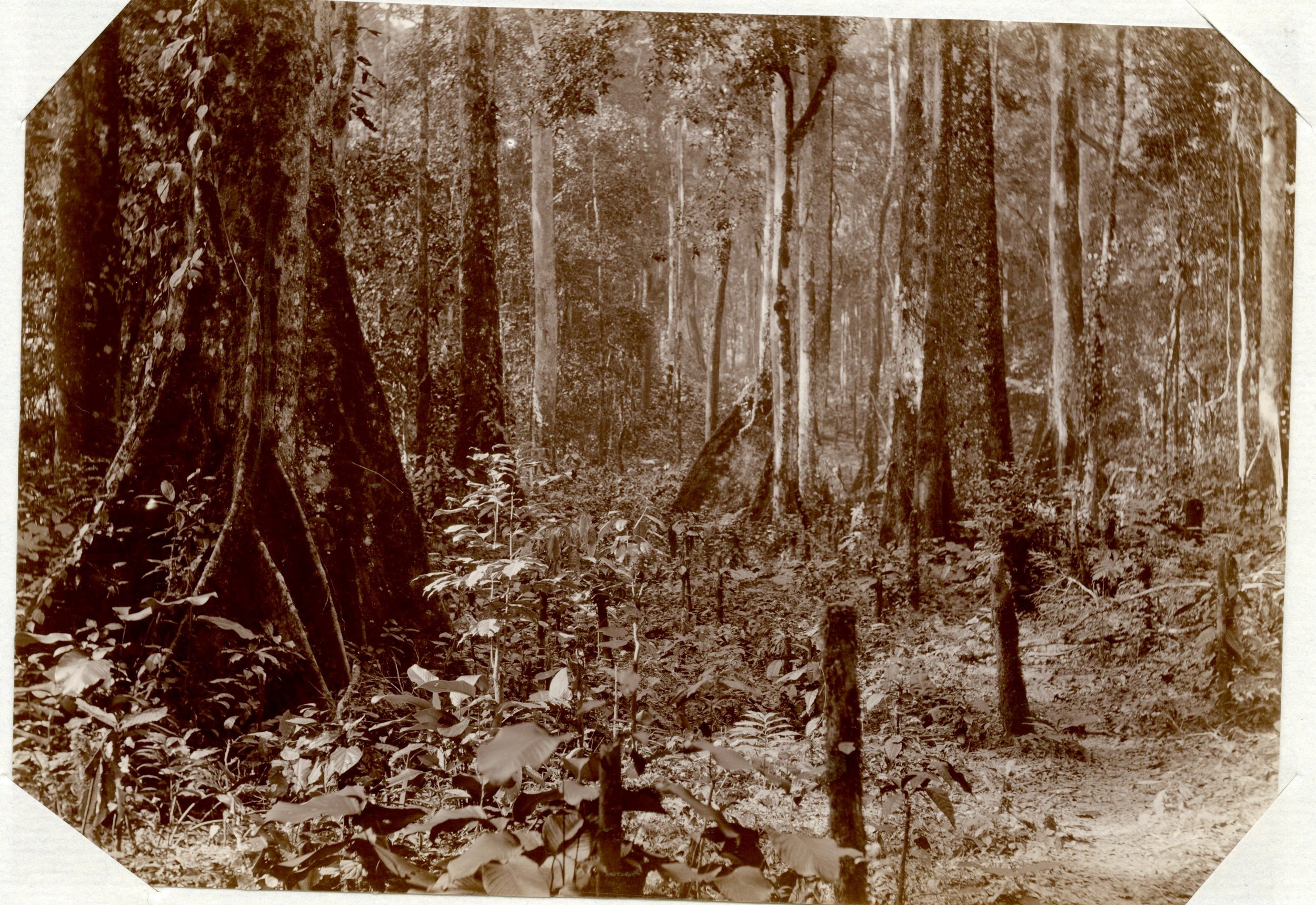
How we do and don’t refer to the indigenous peoples of the Ituri Forest
The six people Harrison brought to England in 1905 were - and still are - indigenous people of the Ituri Forest, which is now part of the Democratic Republic of Congo. They are Bambuti (Mbuti) and this is how we describe them in the project. We have chosen not to use the term ‘pygmy’ unless in inverted commas and only when directly referencing the original source material, as it is used throughout Harrison’s diaries, photographs, and press cuttings of the period. These are our reasons why:
‘Pygmy’ was not a term chosen by these indigenous peoples to identify themselves. Rather, it was a description that was imposed on them by European travellers. The continued use of the term can be seen as part of the legacy of colonialism. It is an example of the way in which indigenous non-Europeans have been – and continue to be – categorised and compartmentalised as part of the colonial narrative . A quick Google search highlights that the description remains widely used today. This narrative maintains and perpetuates the construction of racial hierarchies that promote the supremacy of Europeans, who are positioned as the normative culture.
The word ‘pygmy’ is derived from the Greek (pygmaios) and means a fist, or a measure of length corresponding to the distance between the elbow and knuckles. Ancient Greek poet, Homer used ‘pygmaios’ to describe a tribe of mythical people at constant war with the cranes in his epic poem, The Iliad (3, 1-7). Over the centuries, it has become synonymous with some forest-dwelling, hunter-gathering indigenous groups of the Congo basin.
Since becoming adopted by Europeans to describe these groups, the term’s meaning has expanded to include derogatory connotations. Dictionaries reference alternative definitions of the word as it has evolved to mean, for example, ‘someone who is not important or who has little skill’ (Cambridge Dictionary); or ‘a person of little importance or significance’ (Collins Dictionary). We do not think it is appropriate to describe the Bambuti using a word that contains such denigrating undertones.
The Ituri Forest is over 24,000 square miles in size – half the size of England – so within this one geographical area, there are multitudes of cultural differences. Using terms like ‘pygmy’ to categorise all people who inhabit this area suggests they are one homogenous group. This denies them their own unique local identities.
European visitors became fascinated by these indigenous people because their physical stature was different to European norms. Descriptions such as ‘short’ are relative terms that imply there is a universal standard against which they can be compared – a norm based on European values. For the Bambuti, they are the height and size that they are. It is unlikely they view their physical appearance in comparison to majority populations - certainly not before colonial intervention. It is the way majority populations have viewed them, however, that has compounded the many violations Bambuti people have experienced.
You can get in touch via global@smtrust.uk.com.



